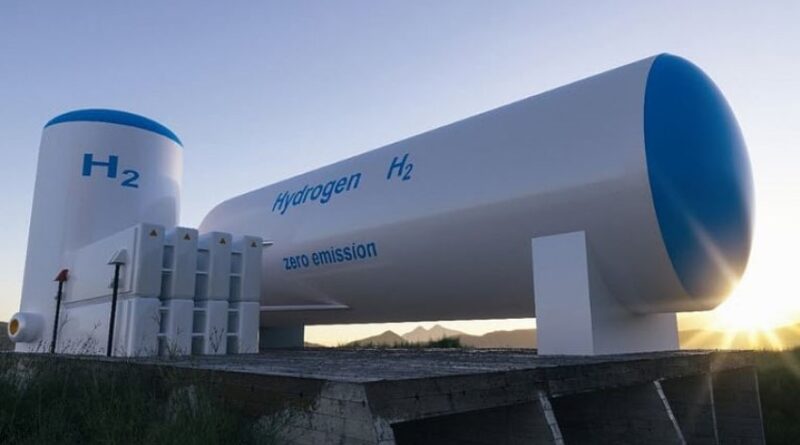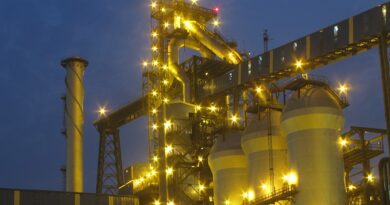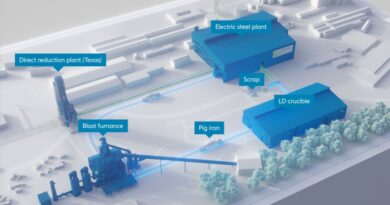Is hydrogen the key to greener smelting and refining?
In the metals and mining industry, the top contributors to CO2 emissions are smelting and refining processes. To date, much of the industry’s decarbonisation efforts have been focused on electrification. However, we’re starting to see a shift towards hydrogen as a replacement for fossil fuels in metallurgical processes.
The recent report, ‘Beyond electricity: Is hydrogen the key to greener smelting and refining?’, provides an analysis of ‘cradle-to-gate’ Scope 1 and 2 carbon dioxide equivalent (CO2e) emissions for 2023.
The analysis has been conducted using data from the Emissions Benchmarking Tool (EBT), covering emissions that originate from mining activities and primary smelting and refining operations.
The report outlines the key considerations that organisations need to be aware of in their decarbonisation efforts. Understanding the benefits of hydrogen in the iron, steel and non-ferrous value chains will also help investors make more informed decisions.
Today, we’ll share a few of the valuable insights from the report. To download a more detailed extract from the report, please fill out the form at the top of the page.
The emissions gap in metallurgical processes
The smelting and refining processes that produce key metals account for a significant amount of greenhouse gases (GHGs). Together, steel, aluminium, copper, and zinc make up nearly 9.5% of global emissions.
The iron and steel industry is currently the highest emitter of GHGs amongst metals, contributing 7.0% of total global emissions. The aluminium sector is responsible for 2.0%, whereas copper and zinc account for 0.2% and 0.1%.
Given the range of differences between the higher and the lower 10% emitters in these emissions, it’s clear that each production value chain requires a unique approach to decarbonisation.
The need to transition from fossil fuels
Our report finds that iron and steel production accounts for 93% of GHGs in the metals and mining industry due to the use of coal in metallurgical reactions. By contrast, the production of non-ferrous metals accounts for 62% of emissions due to the onsite fuel mix in power plants or grid electricity.
Despite the need to decarbonise these processes, at present, most global efforts are focused on electrical consumption targets. In turn, fossil fuel emissions in the non-ferrous industry especially, remain largely unaddressed.
As such, there’s a clear need for organisations to look beyond green electricity measures and to also focus on technological innovations that address the wider power generation mix.




